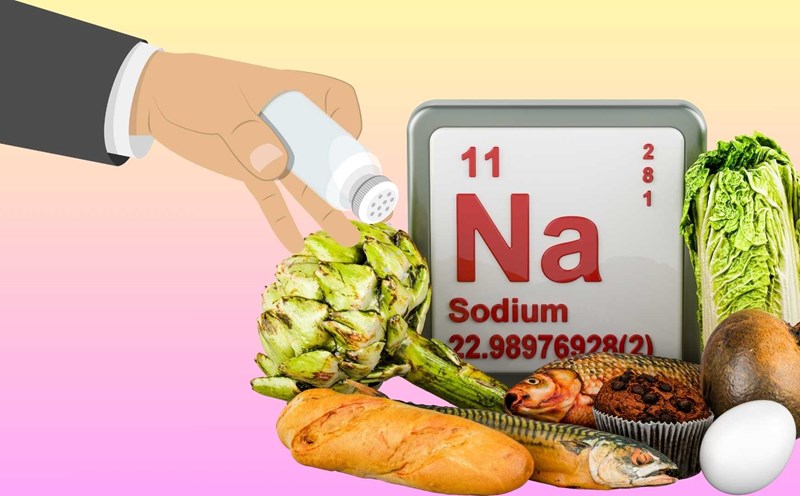Obvious benefits of a low-sodium diet
Sodium is an essential mineral, but a diet high in salt from processed foods, cold meats, fast food or canned foods can be harmful to health. Reducing sodium to a reasonable level (2,300 mg/day, even 1,500 mg for people with high blood pressure) has been shown to bring many benefits.
A study published in the Journal of the American Heart Association shows that adopting a low-sodium diet for just one week has significantly lowered blood pressure in both healthy people and people with high blood pressure. In addition, reducing salt also helps improve kidney function, limit water retention and support weight maintenance.
Dr. Lawrence Appel, professor of medicine at Johns Hopkins Bloomberg School of Public Health (USA) commented: Red salt is not only good for blood pressure, but also reduces the risk of heart failure, stroke and kidney damage. This is one of the most important lifestyle changes to protect the cardiovascular system."
The study also shows that people who consume less than 1,500 mg of sodium per day have the lowest risk of stroke, while those who eat more than 4,000 mg have a much higher risk.
Risks of excessive limitation and reasonable eating
Despite its benefits, a diet low in sodium should not be extreme. Sodium is necessary for fluid balance, nerve and muscle function. Excessive restraint can cause hyponatremia, leading to confusion, muscle weakness, and even arrhythmia. Some studies have also shown that a diet low in salt can increase the risk of insulin resistance and have a negative impact on the brain.
Julia Zumpano, a nutritionist at the Cleveland Clinic (USA), emphasized: The goal is to cut sodium from processed foods, not completely eliminate it. Fruits, fresh vegetables, whole grains, fish and lean meat are great alternatives.
To start, experts recommend reading nutrition labels carefully, limit salt when cooking, replace with herbs and spices, prioritize fresh and self-processed foods more. Low-sodium foods to try include: fresh vegetables, whole grains, lentils, eggs, low-salt milk, and unpasteurized nuts.
Meanwhile, it is necessary to limit white bread, cold meat, canned foods, pizza, salty cheese and fast food, which are top sources of sodium.
A low-sodium diet, when applied properly, can improve blood pressure, protect the heart, support the kidneys, reduce the risk of stroke and help manage weight. However, cutting down on salt needs to be done with control to avoid health risks. Consulting a doctor or nutritionist will help each person determine the sodium threshold suitable for their specific condition.











